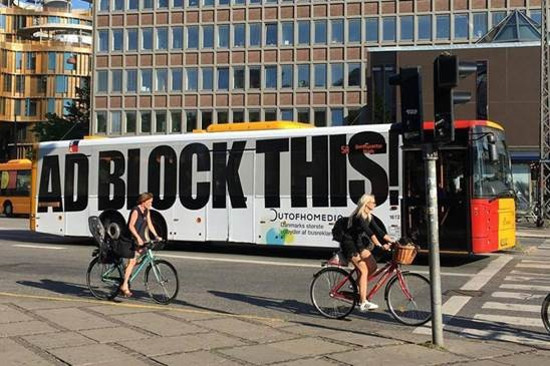
When is a Billboard Not a Billboard? When It’s a Giant Monster at London Waterloo Station

I’ll confess, I wasn’t fully aware of what to expect when I transitioned from online media to the big wide world of Out-of-Home. I knew JCDecaux had the biggest countrywide network of digital screens – the main reason I joined the company – but what I wasn’t expecting, two months into my job, was the entirety of London Waterloo Station to be invaded during rush hour by the iconic Stay Puft Marshmallow Man from Ghostbusters rupturing from the ground with green slime hanging from the ceiling, a pop-up retail unit in the style of a New York subway entrance and a live Twitter feed on the UK’s biggest indoor screen. There was even a fake hotline for commuters to call, which received 362,000 calls. It really set the creative bar high for what can be achieved with Out-of-Home (OOH) media.
For me, the best thing about a campaign like this is that everyone loves it; young or old, male or female, even that stony-faced suit who minutes before was trying really hard not to shout at the person who didn’t have their Oyster card ready; it’s the kind of thing that can not only generate 52 million impressions but also put a smile on anyone’s face.
P&G chief brand officer, Mark Pritchard, made the following admission a few months back: “We targeted too much, and we went too narrow.” The danger, according to him, is that brands can lose fame and relevance by doing so. It ceases to be visible to the wider public and stops having a cultural impact. What’s OOH advertising if not a bold, big and impactful way of gaining fame?
Brands are moving away from hypertargeting and pinpointing and are going back to what actually matters – being seen by the wider public. This doesn’t mean that OOH doesn’t target specific audiences, but compared to online advertising, it allows personalisation at scale.
The worst thing I’ve stumbled across is the attitude that OOH is an afterthought that you can just slap an online display ad onto an OOH screen and that’s fine. Early in my career, digital was always an afterthought but that is no longer the case. Creatives focused on TV and print ads and then put those online, which we all know isn’t the best way of going about it.
Every channel has its own ins and outs, and the creative should be developed or at least adapted to fit the specific channel. Rehashing a press ad to go on a poster site doesn’t have as much impact as a bespoke and carefully planned out campaign which utilises the surroundings, and exploits the impact of a big screen. This is exactly why we partnered with D&AD and are holding a session at this year’s IAB Digital Upfronts, as the first OOH media owner ever, to inspire and challenge the creative community.
What it boils down to when talking about creativity is having an environment that delivers the best canvas possible. The technology is now there to allow advertisers to remotely adapt the creative when the environment changes around it. A screen in Blackfriars Station means you will be getting in front of affluent city commuters, but this isn’t a group that wants the same thing at 10am as it does at 7pm. Now, a restaurant can advertise its great lunch offers to entice those arranging nearby client meetings in the morning, and switch to happy hour later on in the day. You can storyboard messages throughout someone’s day, the only limit is your imagination.
Some of the core tenets of a great idea still remain though. One of my favourite campaigns was created by Danish ad agency &Co a few months back, featuring the words ‘AD BLOCK THIS’ on the side of a bus, which was so simple yet hammered home OOH’s key selling point. Genius.

That’s what OOH advertising is really about: as long as people need to leave their homes there will always be a diverse environment of experiential spaces to play around in – it’s why it not only hasn’t suffered the fragmentation caused by digital disruption that other channels have, but actually benefitted from it. Online advertising faces so many issues like ad fraud, viewability, ad blocking and more recently, overestimated metrics. It’s nice to be able to target real people and generally I find that the only time an ad is blocked is if it’s too interesting.

Ben Maher is Sales & Partnerships Director at JCDecaux










